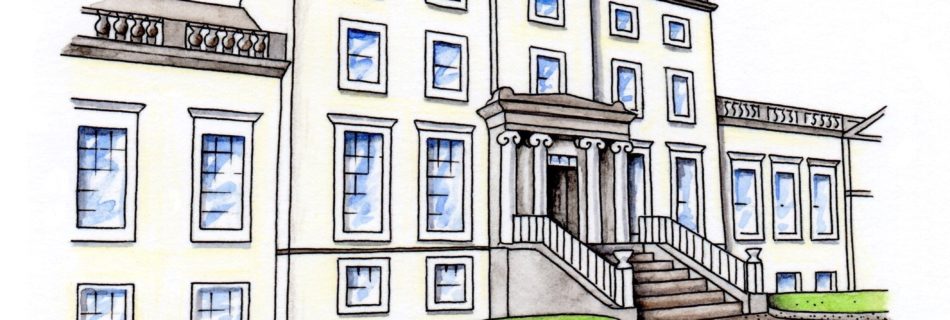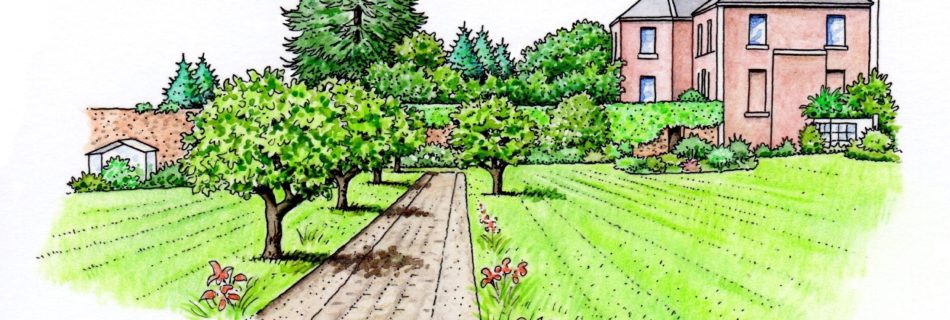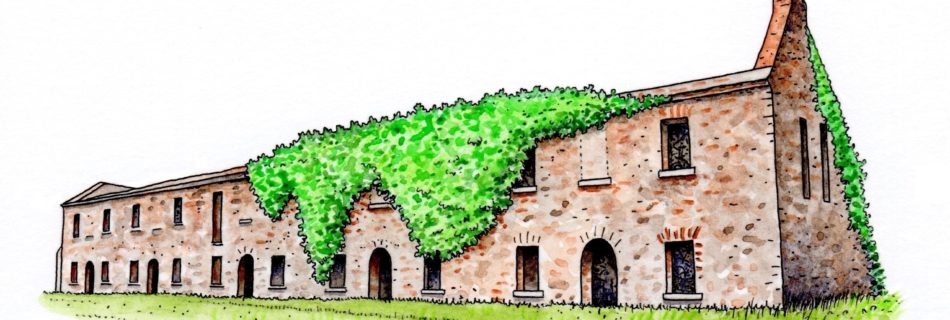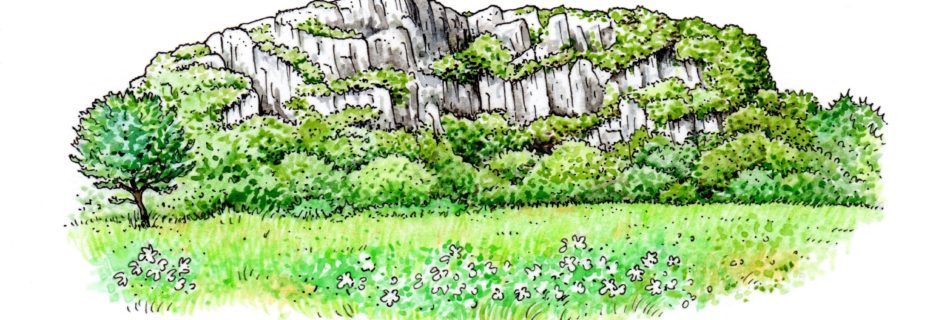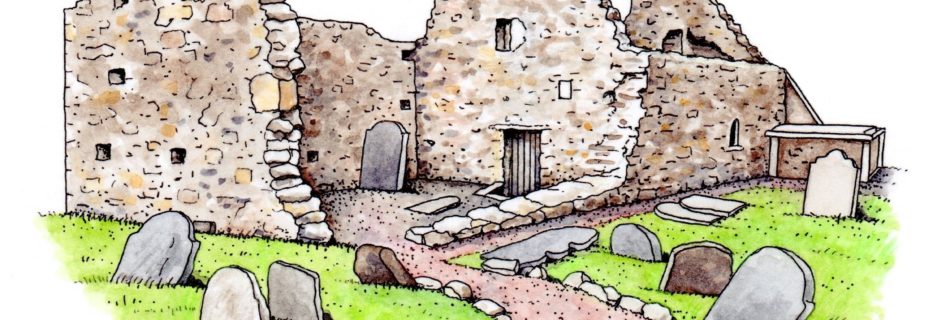History of Kilcoole written in 1938
Approximately 740,000 pages (288,000 pages in the pupils’ original exercise books; 451,000 pages in bound volumes) of folklore and local tradition were compiled by pupils from 5,000 primary schools in the Irish Free State between 1937 and 1939. This collecting scheme was initiated by the Irish Folklore Commission. The scheme resulted in the creation of …
